Indonesia’s agricultural sector is a cornerstone of its economy, feeding 270 million people while nurturing diverse crops—from rice in Java’s fertile valleys to oil palm in Sumatra’s plantations. Yet, smallholder farmers, who grow 90% of the nation’s food, face pressing challenges: labor shortages, resource waste, and the complexity of managing fragmented, terrain-heavy fields. Enter Chinese agricultural drones: agile, affordable, and tailored to Indonesia’s unique needs. For Indonesian farmers, cooperatives, or agribusinesses seeking to boost efficiency, here’s a practical guide to purchasing these transformative machines.
Step 1: Understand Your Needs—Before You Buy
Before diving into procurement, clarify your goals. Ask:
– What crops do you grow? Rice, oil palm, coconut, or vegetables? Drones can be customized for specific crop heights, canopy densities, and spraying needs.
– What terrain does your farm cover? Steep slopes (common in Sumatra’s coffee farms), dense orchards (Bali’s mango groves), or open fields (Java’s rice terraces) require drones with obstacle-avoidance systems and adjustable flight modes.
– What’s your budget? Chinese drones offer scalable pricing—from entry-level models for small plots ($5,000–$8,000) to advanced multi-functional units ($12,000–$18,000)—with financing options available through local partners.
*Pro Tip*: Consult local agricultural extension services or farmer cooperatives to identify region-specific pain points (e.g., pest outbreaks in Kalimantan’s palm groves or water scarcity in East Java’s dry seasons).
Step 2: Verify Compliance—Navigating Regulations
Importing drones into Indonesia requires adherence to national regulations. Key steps include:
– Drone Certification: Ensure the drone meets Indonesia’s *Sertifikasi Produk Dunia Elektronik dan Informasi* (SDPPI) standards for radio frequency and safety. Most Chinese manufacturers pre-certify their agricultural drones for global markets, but confirm with your supplier.
– Import Permits: Apply for an *Importir Resmi* (Official Importer) license if purchasing through a local agent, or secure a *Persetujuan Impor Barang* (Import Approval) for direct purchases. Work with a licensed customs broker to streamline paperwork.
– Tax and Duties: Agricultural drones may qualify for reduced tariffs under Indonesia’s *Kebijakan Industri Pertanian* (Agricultural Industry Policy). Engage a tax advisor to minimize costs.
Step 3: Choose a Reputable Supplier—Focus on Trust
Not all drones are created equal. Look for Chinese manufacturers with:
– Local Experience: Suppliers with a track record in Southeast Asia (especially Indonesia) understand local terrain, crop needs, and farmer habits. Many have partnerships with Indonesian cooperatives or agribusinesses.
– After-Sales Support: Ensure the supplier offers:
– Training Programs: Free or subsidized workshops to train pilots, technicians, and farmers on operation, maintenance, and data analysis.
– Warranty and Repairs: At least a 12-month warranty, plus a network of local service centers (or mobile repair teams) to fix issues quickly.
– Software Updates: Regular AI and sensor upgrades to adapt to new crops or regulations.
*Pro Tip*: Attend agricultural trade fairs in Indonesia (e.g., *Indonesia Agri Expo*) or virtual demos to test drones firsthand. Ask for references from existing Indonesian users—farmers in West Java or Bali, for example, can share real-world performance insights.
Step 4: Customize and Order—Tailoring to Indonesian Farms
Chinese drones are highly adaptable, but customization ensures they thrive in Indonesia’s conditions:
– Payload Adjustments: For oil palm plantations, opt for drones with larger 20L+ tanks to cover more area per flight. For delicate crops like mangoes, choose finer spray nozzles to avoid damaging blossoms.
– Software Localization: Work with the supplier to upload Indonesian topographic maps, weather patterns, and crop calendars into the drone’s AI system. This enables “prescription mapping”—targeting specific areas with pesticides or fertilizers based on real-time data.
– Language and Controls: Ensure the drone’s app and interface are available in Bahasa Indonesia, with simple icons for farmers with limited tech literacy.
Step 5: Logistics and Delivery—Getting Drones to Your Farm
Shipping drones from China to Indonesia requires careful planning:
– Air Freight vs. Sea Freight: For urgent needs (e.g., planting season), air freight (3–5 days) is ideal. For bulk orders, sea freight (2–4 weeks) is cost-effective. Use a logistics provider with experience in agricultural machinery.
– Customs Clearance: Partner with a local agent to handle inspections, duties, and documentation. Ensure all parts (batteries, sensors, manuals) are clearly labeled and comply with Indonesian safety standards.
– On-Site Training: Request a technician from the supplier to accompany the delivery. They can assemble the drone, conduct test flights, and troubleshoot issues in person.
Step 6: Post-Purchase Support—Maximizing Your Investment
A drone is only as valuable as its usability. Prioritize suppliers that offer:
– Farmer Training Hubs: Many suppliers partner with Indonesian NGOs or government agencies to run free “drone academies.” For example, a program in Central Java trains 500+ farmers annually, covering flight basics, data interpretation, and basic repairs.
– Local Service Networks: Look for suppliers with agreements to stock spare parts (propellers, batteries, sensors) in key agricultural regions (Java, Sumatra, Bali). This minimizes downtime if repairs are needed.
– Community Collaboration: Some suppliers facilitate “drone co-ops,” where smallholder groups share 2–3 drones. This spreads costs and ensures even remote farmers (e.g., in Papua’s highlands) gain access to the technology.
Success Story: From Purchase to Prosperity
Consider Pak Budi, a rice farmer in West Java. Struggling with labor shortages during harvest season, he purchased a Chinese agricultural drone through a local cooperative. The supplier provided:
– A customized model with a 15L tank for narrow paddy dikes.
– Training sessions in Bahasa Indonesia, teaching his son to pilot the drone.
– A local service hub in Bandung for quick repairs.
Today, Pak Budi’s spray time has dropped from 5 days to 6 hours per harvest. Pesticide use is down 40%, and he reinvests savings into solar irrigation—boosting yields by 25%. “The drone didn’t just save me time,” he says. “It gave me hope that farming can thrive for the next generation.”
Closing: A Partnership for Growth
Purchasing a Chinese agricultural drone for Indonesian farms is more than a transaction—it’s a partnership. By choosing a supplier that prioritizes localization, compliance, and farmer support, you’re not just buying a machine; you’re investing in a tool that empowers smallholders, reduces waste, and strengthens Indonesia’s food security.
As the skies over Java’s rice fields fill with drones, one thing is clear: The future of Indonesian agriculture is being shaped not just by tradition, but by innovation—and partnerships that grow *with* the land, not against it.
THE END
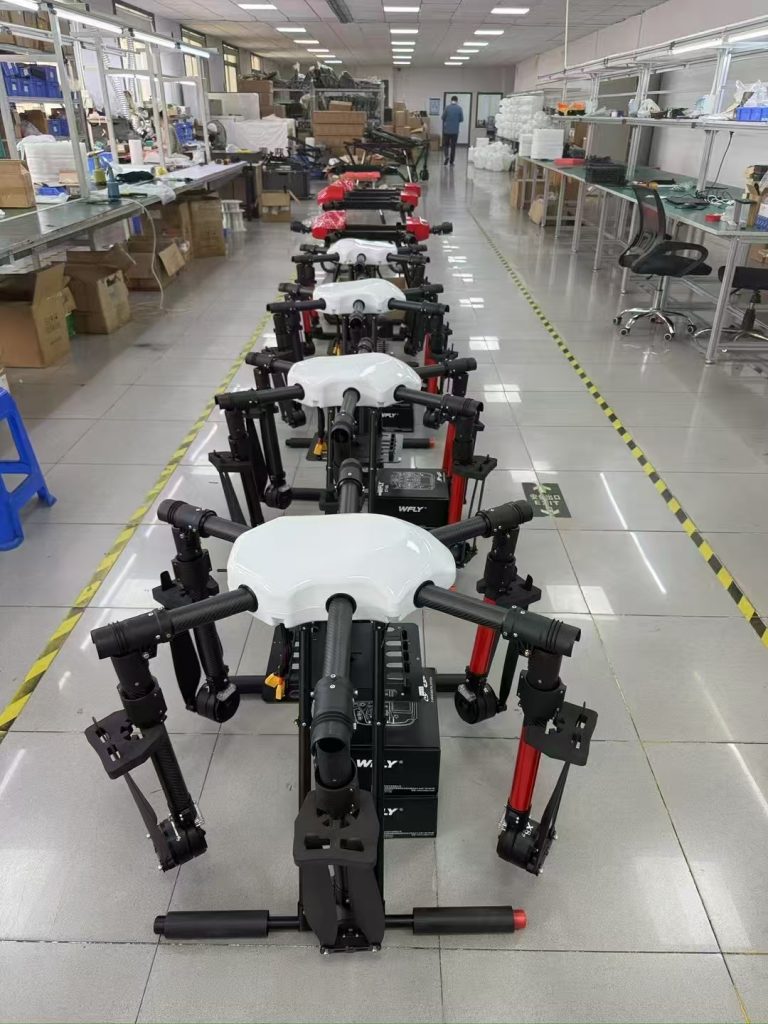


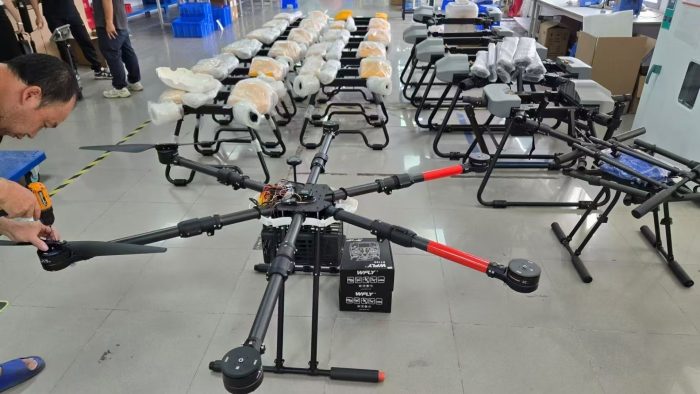

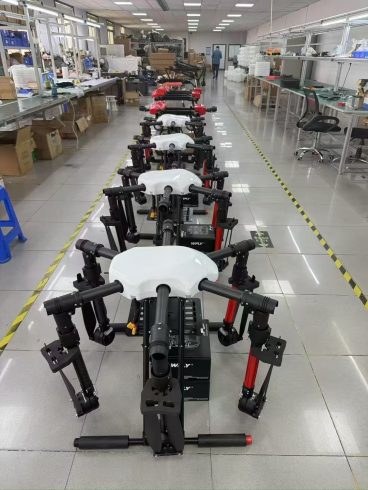
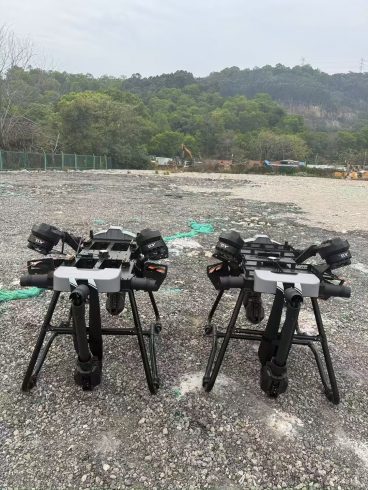
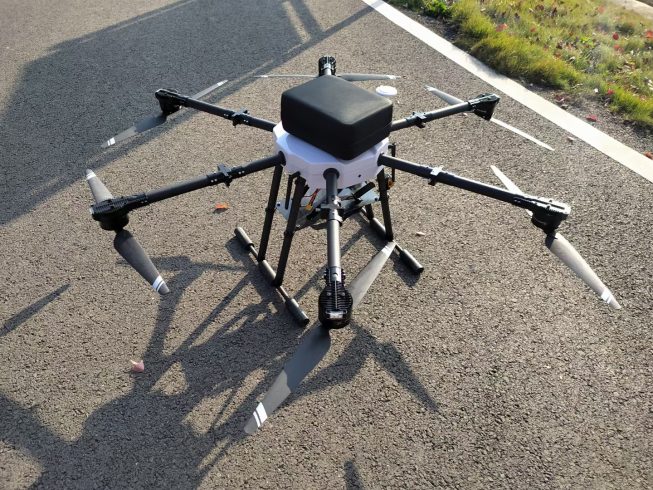
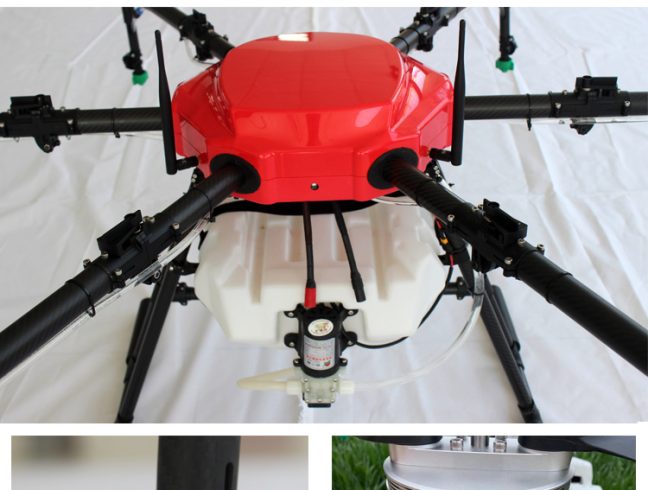

暂无评论内容